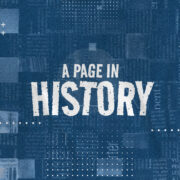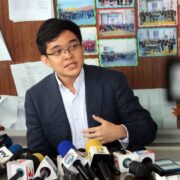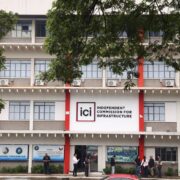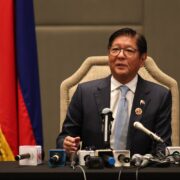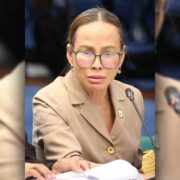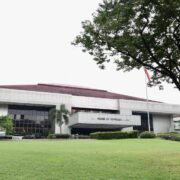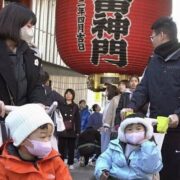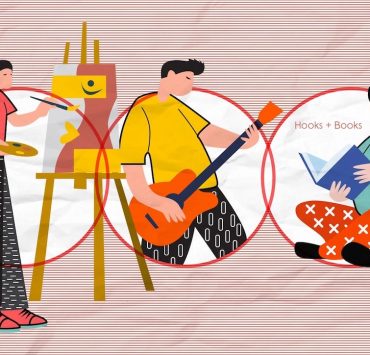Energizing a city’s economy
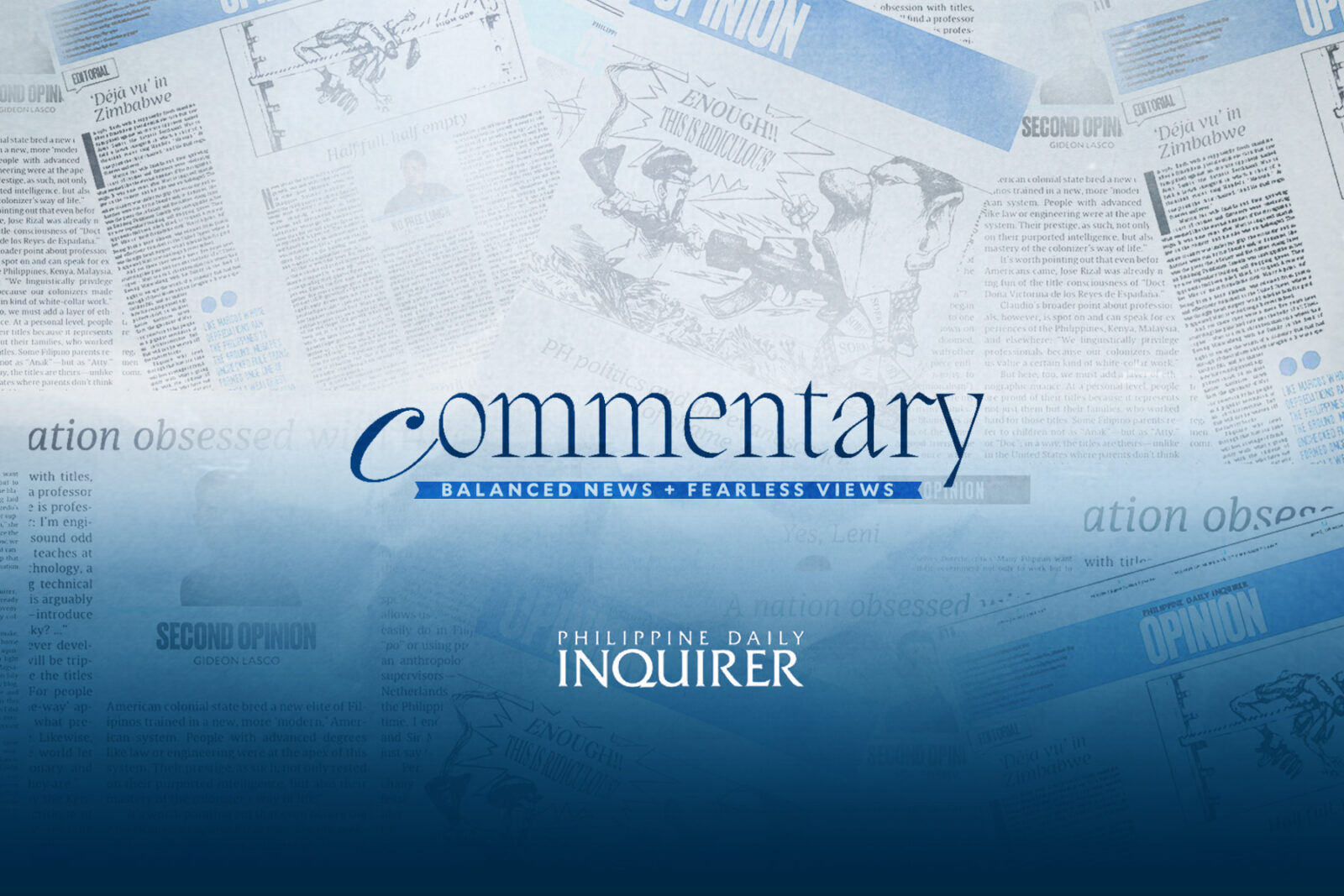
In the wake of Supertyphoon ”Yolanda” in 2013, I was engaged by the Asian Development Bank to assist some 30 affected towns and cities in Samar and Leyte in their rehabilitation and reconstruction efforts. The ones that faced the most severe difficulties were fourth to sixth class municipalities that lost their sources of livelihood, primarily copra production and fishing. Invariably, these towns’ rehabilitation depended largely on their economy, which at that point was completely down.
In our search for possible economic activities that could sustain the towns’ rehab, we saw some possibilities. One was tourism since there were several natural amenities that could be developed into tourist attractions, such as waterfalls, river rapids, and mangrove forests. Another was local arts and crafts, such as woven mats, wood carvings, and textiles. Still another was preserved foods, such as pickles and dried fruits.
However, access to and support facilities at potential tourist attractions are nonexistent, while the arts and crafts as well as preserved foods were very small initiatives to make the primary source of income.
Fast-forward to 2024, I was delighted to visit the recent National Arts and Crafts Fair that was organized by the Department of Trade and Industry, which featured many of the same arts and crafts items and preserved food products that I saw in Samar and Leyte back in 2013. While there seemed to be a much better quality and wider variety of products, it made me wonder how the economy of the towns and cities where these products come from is presently doing. Have the quality of life in fourth to sixth class municipalities improved? Have they become more resilient to future disasters?
If they haven’t done so yet, these towns should initiate a local economic development program to harness their inherent potentials to improve their economy and their citizens’ quality of life. As previous disasters as well as the COVID-19 pandemic have shown, diversifying local economies is important. Simply relying on subsistence agriculture and fishing is clearly not enough especially as they face climate change.
Diversifying local economies often implies attracting new industries by luring them from elsewhere. But diversifying can more effectively mean growing new businesses and industries locally. The key elements of a successful program will include inclusive outreach and partnerships, dedicated space for production and retail, access to capital and markets, and technical assistance for microenterprises to grow.
A city or town’s local economic development program can be designed to provide local entrepreneurs with the necessary resources and support that they need to start, grow, and scale up their enterprises. It can be barangay-oriented, with the objective of helping the barangay thrive, which requires genuinely understanding each barangay’s unique assets and opportunities. It will also be helpful for the town to network with mission-oriented capital solutions that prioritize sustainability in their intended social impact and the creation and preservation of decent wage jobs. Recognizing that sustainability extends beyond education, mentorship, and access to capital, the town needs to also facilitate access to diverse market segments in its network, including health care, food and beverage, and government contracting.
At the center of the strategy are small-scale manufacturing businesses that create products that are sold in retail shops and online. Small-scale manufacturers have a great advantage for themselves and the local community since they are not solely dependent on foot traffic for revenue. They may start as home-based businesses, building from the culture and heritage of the community, and shift to more permanent settings as they grow. That makes them appropriate to all communities and likely to hire people and spend money in the local community.
The key to success is to listen to the needs of locally owned businesses and start-ups, create a range of services that they need, and establish a strong and trusting environment of civic commitment to entrepreneurship.
—————-
Nathaniel von Einsiedel is a fellow emeritus of the Philippine Institute of Environmental Planners and principal urban planner of CONCEP Inc.
The author (nveinsiedel@gmail.com) is a Fellow and Past President of the Philippine Institute of Environmental Planners and Principal Urban Planner of CONCEP Inc.

